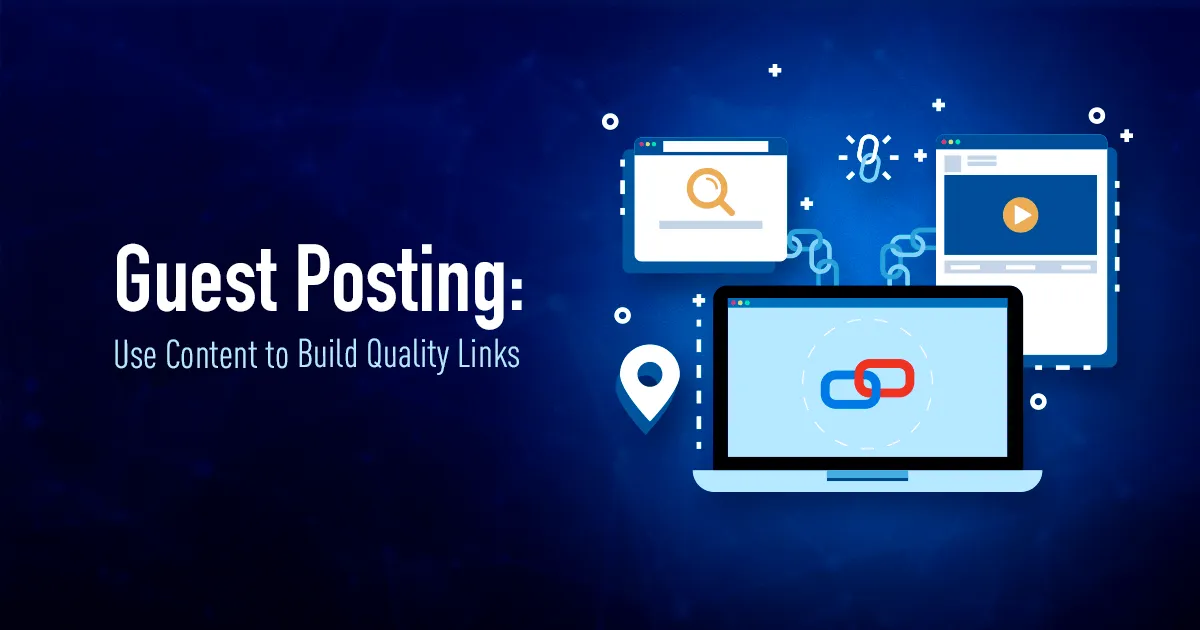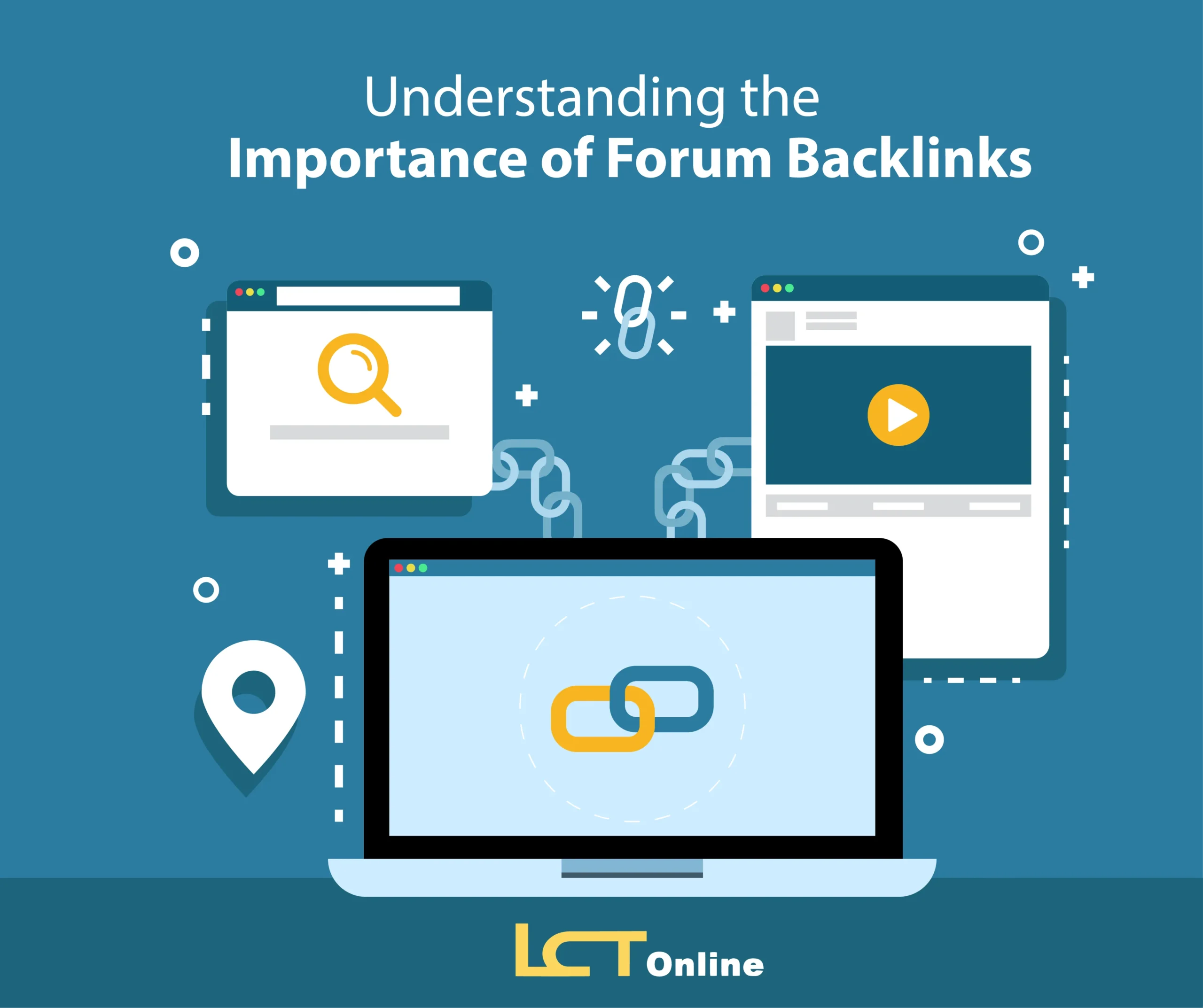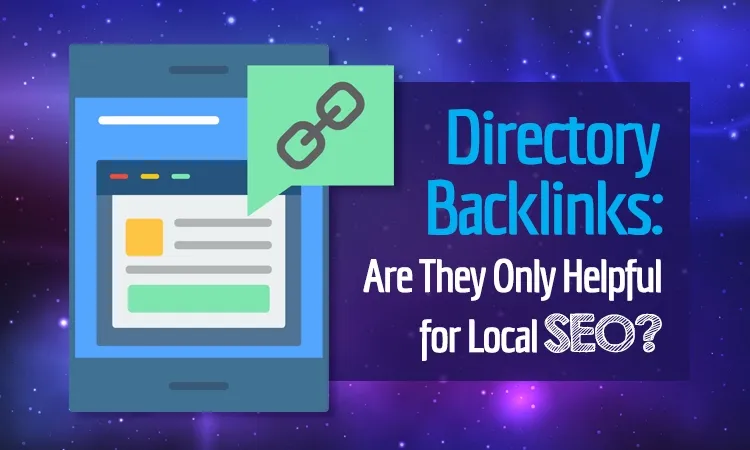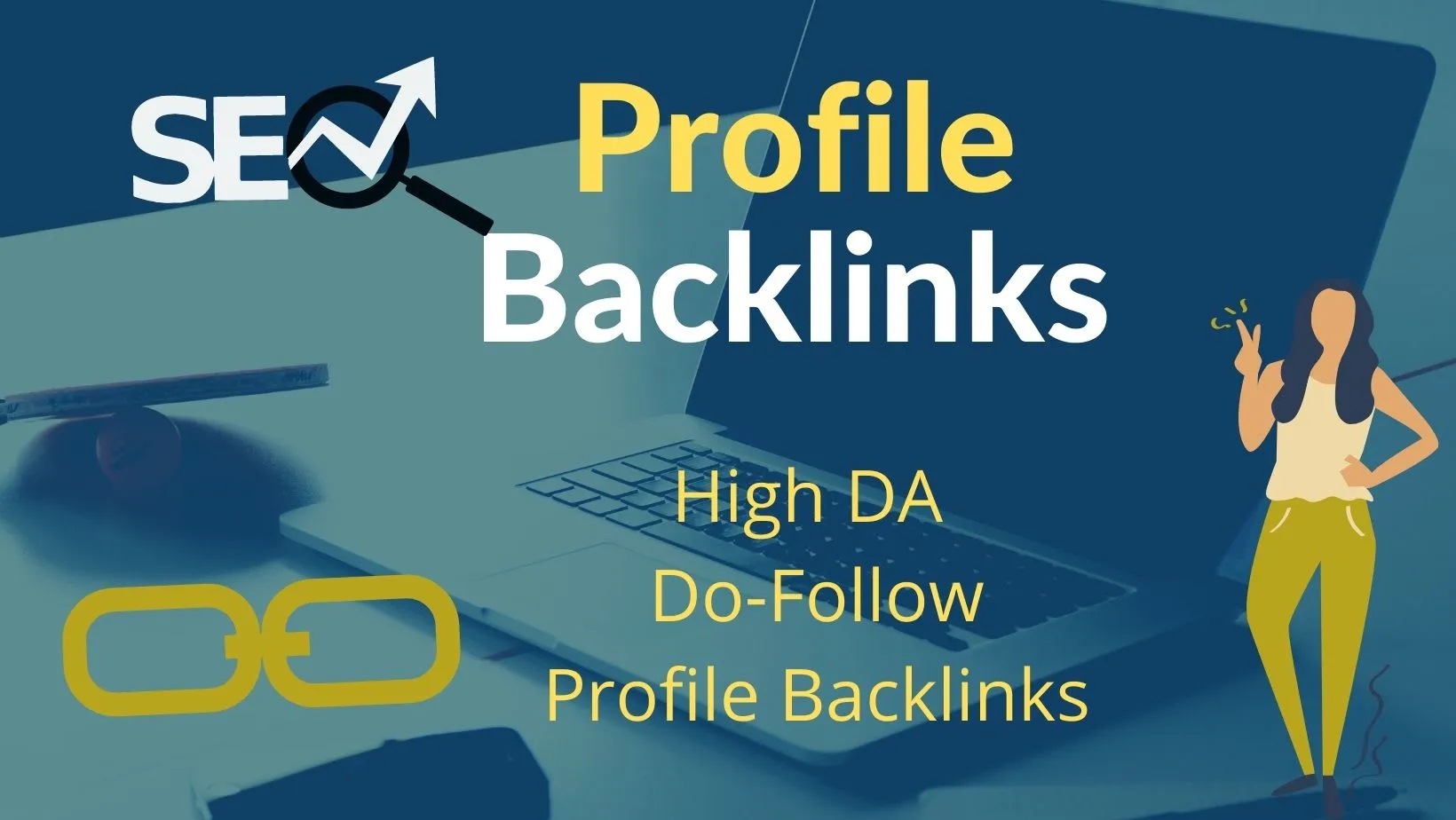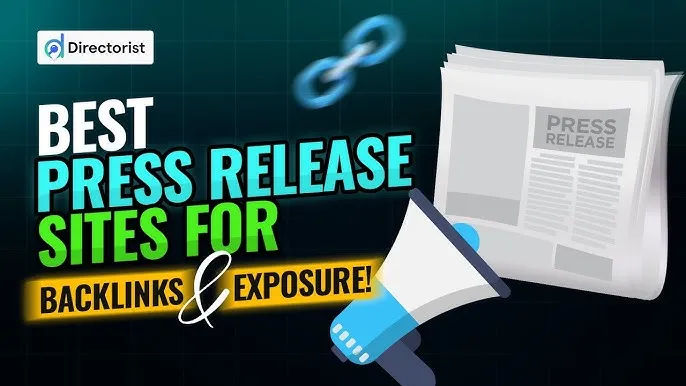Introduction
In the digital marketing world, backlinks remain one of the most important ranking signals for search engines. When authoritative websites link to your content, it acts as a vote of confidence, boosting your site’s credibility and improving search engine rankings. But not all backlinks carry the same value—some can skyrocket your visibility, while others can hurt your domain authority.
This guide explores backlink strategies that actually work, how to avoid harmful practices, and the best techniques to achieve sustainable SEO growth. By the end, you’ll have a clear roadmap to strengthen your backlink profile and increase your online presence.

1. Why Backlink Strategies Matter for SEO
Backlinks are one of Google’s top three ranking factors. They:
- Pass authority (link juice) from one site to another.
- Signal trustworthiness and relevance.
- Drive referral traffic from external websites.
Without a strong backlink strategy, your content may never reach its full ranking potential, no matter how good it is.
2. Dofollow vs. Nofollow Backlinks
Understanding these two basic types is essential:
- Dofollow backlinks: Pass SEO value, directly improving rankings.
- Nofollow backlinks: Do not transfer authority, but still drive traffic and diversify your link profile.
A balanced strategy includes both natural-looking link building.
3. Guest Posting for High-Quality Links
Guest posting is one of the oldest but still most powerful backlink strategies.
- How it works: Contribute high-value articles to authority sites in your niche.
- Benefits: Exposure, referral traffic, and high-authority backlinks.
- Pro tip: Always prioritize quality over quantity—one guest post on a respected site is worth more than dozens on low-quality blogs.
4. Broken Link Building
This strategy is highly effective and often overlooked.
- Process: Find broken links on websites in your niche, then suggest your content as a replacement.
- Why it works: Site owners want to fix broken links to improve user experience.
- Tools to use: Ahrefs, SEMrush, or Check My Links (Chrome extension).
This win-win approach builds goodwill and backlinks simultaneously.
5. Skyscraper Technique
The Skyscraper Technique ( a power keyword in SEO) is a proven method for gaining authoritative backlinks.
- Step 1: Find high-ranking content in your niche with lots of backlinks.
- Step 2: Create a better, more comprehensive version of that content.
- Step 3: Reach out to websites linking to the original article and suggest your improved resource.
This method works because webmasters are more likely to link to the best available content.

6. Resource Page Link Building
Resource pages are curated lists of valuable links on specific topics.
- How to leverage: Search queries like “keyword + resources” or “keyword + useful links”.
- Approach: Pitch your content as a valuable addition to their list.
- Result: High-quality backlinks from trusted resource pages.
7. Using Business Directories and Citations
Business directories and niche citations remain relevant for local SEO.
- Examples: Google Business Profile, Yelp, Crunchbase.
- Benefits: Local authority, brand visibility, and backlinks.
- Warning: Avoid spammy directories—stick to trusted platforms.
8. HARO (Help A Reporter Out) for Authority Links
HARO connects journalists with expert sources.
- How it works: Sign up, respond to relevant journalist requests with expert insights.
- Benefits: Potential backlinks from high-authority sites like Forbes, Business Insider, or Entrepreneur.
This strategy can generate powerful backlinks that significantly boost domain authority.
9. Leverage Social Media and Content Promotion
While most social media links are nofollow, they indirectly support backlink building.
- Content shares increase visibility and the chances of earning natural backlinks.
- Influencers may pick up your content and link to it in blogs or resources.
Promotion is the fuel that makes backlink strategies succeed.
10. Avoiding Toxic Backlinks
Not all backlinks are good for your SEO. Low-quality or spammy backlinks can trigger Google penalties.
- Avoid buying bulk backlinks from shady services.
- Monitor your backlink profile with tools like Google Search Console or Ahrefs.
- Disavow harmful links when necessary.
Backlink strategies must focus on long-term, sustainable growth.
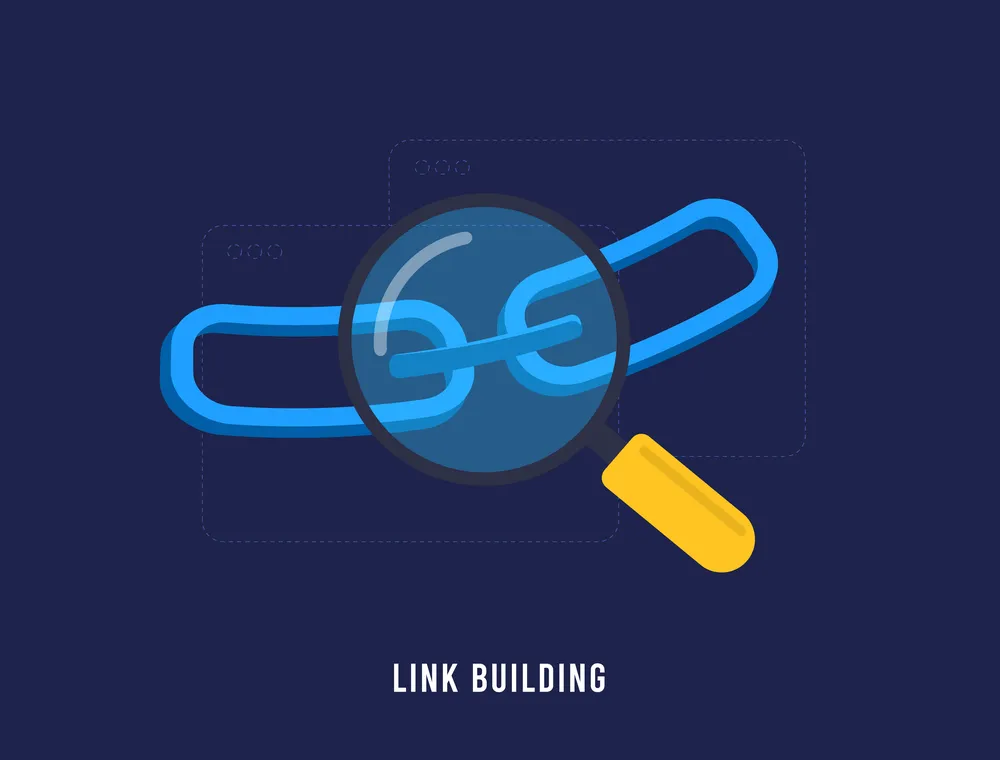
11. Building Relationships for Natural Backlinks
Networking with bloggers, influencers, and industry experts can lead to natural, organic backlinks.
- Comment on their content.
- Share their work on social media.
- Collaborate on webinars, podcasts, or expert roundups.
Strong relationships lead to backlinks without even asking.
12. Future of Backlink Strategies in SEO
Google’s algorithms are evolving, but backlinks remain critical. Future strategies will emphasize:
- Contextual, niche-relevant links.
- User experience as a ranking factor.
- Authority earned through thought leadership.
By staying updated, your backlink strategy will remain effective in the years ahead.
Conclusion
Mastering backlink strategies is not about shortcuts—it’s about building trust, authority, and relevance in your niche. From guest posting and broken link building to the Skyscraper Technique and HARO, the best strategies focus on quality over quantity.



